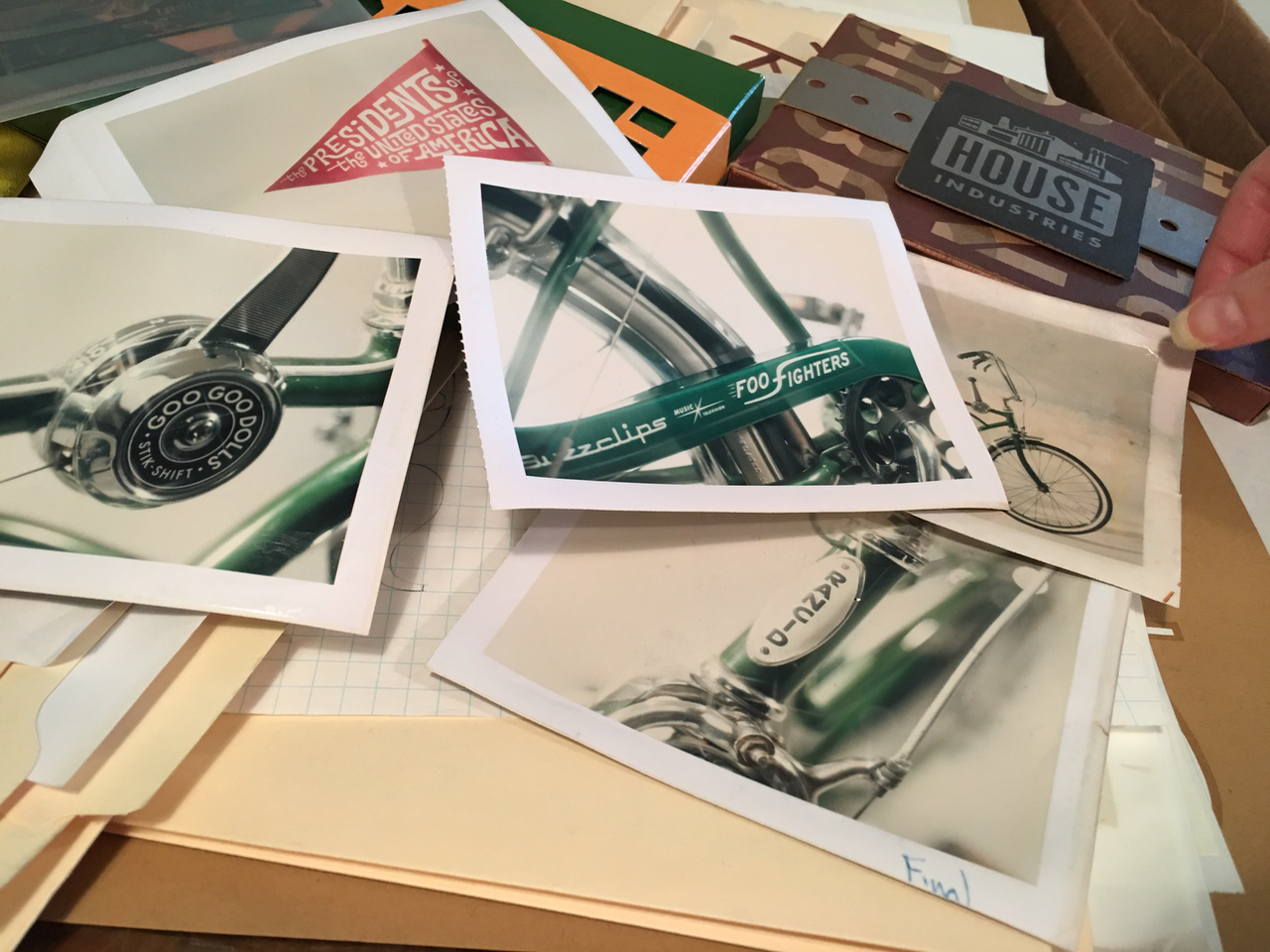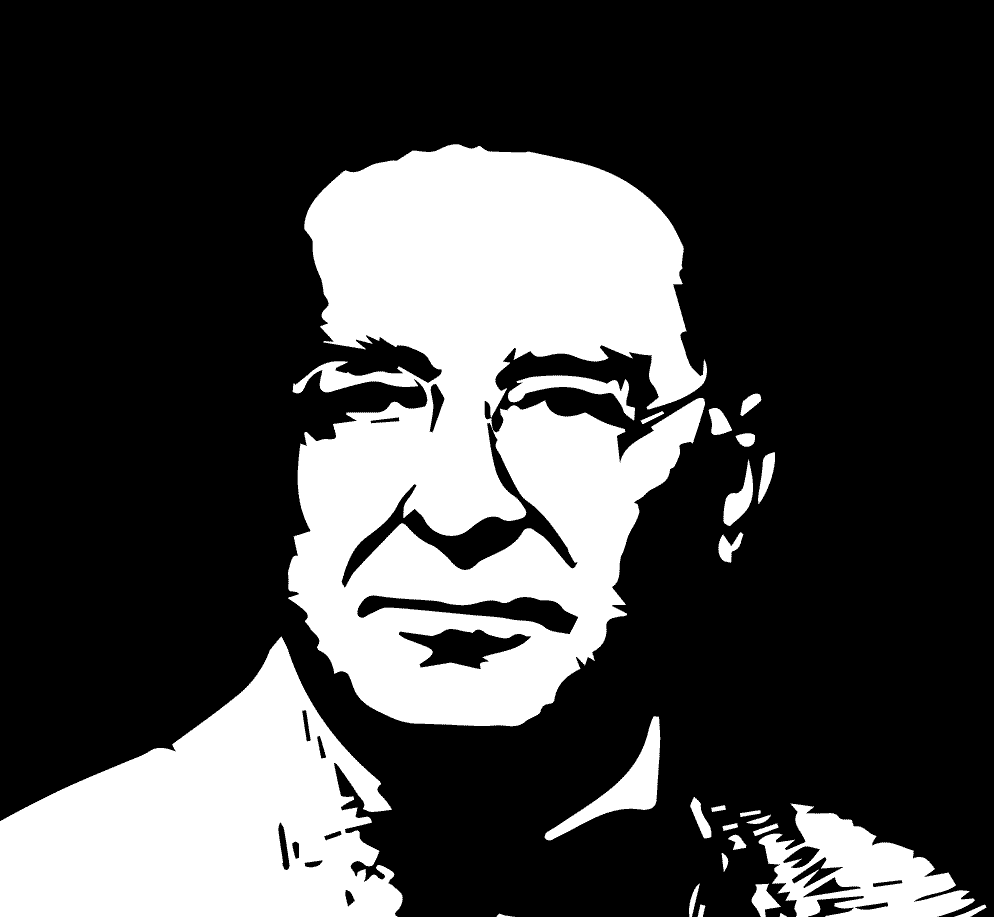As a designer / UX generalist, my mission is to use design to inspire and equip people with tools to change their lives for the better. But unifying ideas, focus, and opinions to enable this positive change, especially at a large and complex organizations can be difficult.
During my time as a designer at Capital One, my last project offered such difficulties. We were undertaking a large project to try and streamline customer communications for the entire enterprise. This large task had years of deep thought already invested into a variety of solutions by diverse teams across our organization. To bring these different business divisions and opinions together we decided to hold a two day in-person workshop.
If you identify as a UX generalist that needs to bring people together and can relate to the problem of collaborating with multiple business units, the suggested checklist of mindsets and actions our team took may also help you breakthrough divisional walls and build something truly meaningful for your customers.
Overall Approach
To begin, you’ll have to connect with a variety of people who have diverse disciplines and personal equity built into their projects already. It’s probably best to:
Be Humble: No one wants to work with Mr. or Ms. Know-It-All, and in a complex business there’s certainly no such thing.
Recommended Actions: List what you want to learn, and the facts that you believe to be set in stone. Be prepared to challenge and maybe reconstruct those ideas based upon the other work that you learn about.
Partner-Up: The best relationships are always based upon honest communication. What you are about to do is begin a relationship with different people who may need or want different things. This isn’t easy, and shouldn’t be tackled alone. You probably have a main partner in the project already; what can you do to firm up that relationship?
Recommended Action: Ask them why they are passionate about the project—have they worked on something similar in the past? What are some key pitfalls you both must be aware of? Is the problem you are looking to solve really a problem, or just a solution to implement?
Find Key Satellite Stakeholders and Contributors: Many projects have sibling projects across an organization. Find the people who’ve already done similar work and interview them about their experiences. For me, I had been strategizing, organizing and hosting impromptu strategy lunch sessions which led to connections that opened the door to a rich list of attendees and interested parties. This set the ideal stage to make some healthy connections.
Recommended Actions: If you can’t set up similar work sessions, searching the company intranet and any collaboration channels is a big help in sifting through roles and projects. I would find a project, select a person, dig into their file uploads and trace back what they worked on, and when. A tad creepy, yeah… but effective. Try doing that through email… not so easy.
Be Kind: We are all busy. If people are helping you outside their normal immediate responsibilities, show your gratitude.
Recommended Actions: This entire effort, from organizing to final concepts in the workshop is a conversation, approach it with a respectful, intelligent tone, admitting up front what you need help understanding. Send someone a handwritten thank you note, or another kind gesture, this can reinforce your earnestness and approachability.
Refine and Focus on the Problem: Draft your interpretation of the precise problem the business and your customers need you to solve. Think and re-think the problem with the help of the diverse group using an rough agenda outline on the day’s placeholder invitation.
Recommended Actions: Be clear in the event invitation as to what exactly you think needs to be solved so people can react to it earlier rather than the day before or day of. Many helpful friends forwarded my invite to previously unknown key people because of our advanced problem statement and agenda description. Fewer surprises created clearer expectations and participation at the workshop.
Research the Internal and Competitive Landscape: If you’re working on something that’s already been attempted within your company, you have someplace to start, but if this is a new effort, you have a large area to explore…or do you? The digital marketplace is your next stop; what have competitors or other amazing startups done with similar problems to solve? What solutions can you steal..yes, STEAL to reduce cognitive load, newness learning, and friction for users?
Recommended Actions: Gather samples of that work for discussion points and inspiration to fuel your ideation and eventual implementation.
The Workshop
Once you understand the customer and business needs, draft a quick outline of things to review during the workshop. This may look something like..
- The business problem
- The customer problem
- Expectations ( What you all need to have as an outcome or to learn )
- Facilitator / stakeholder roles
- Time estimates
- How you will capture and share learnings and highlights? (Hint: Use video.)
For a session to stay healthy, remember that it needs to change and adapt if new needs get uncovered. Stay open to this..better yet, anticipate it. We ended day one of our two-day workshop by restructuring most of the next day’s agenda to allow for the participants to exercise ideas and needs that day one helped create.
Be serious, but employ a great sense of humor.
Don’t have a sense of humor? That’s funny in and of itself—roll with it. Maybe you can do fun warm up exercises at lunch, bring colorful markers or exotic stickers (helpful for voting and sorting of ideas), keep some fun and motivating music playing in the background. All of this can help relax the group and create a safe comfortable space to share ideas. One of my favorite exercises the first day was speed sketching in teams while Kenny Loggins “Danger Zone” blared in the background.
Show respect.
Let everyone know their time is valued. Try to create an agenda that ends early to allow people to catch up on the day and travel if they need. If the session is compelling and hits a groove, people will usually stay a bit later.
Take breaks.
Thinking through complex information and working with diverse personalities and ideas is refreshing, creative, and calorie draining. Take breaks as often as every 90 minutes and keep the coffee and healthy snack / beverage cart full.
Understand your audience.
Getting people to not camp next to their usual lunch pals will foster new relationships and idea sharing. Have attendees record their names, lines-of-business, and specialties on stickies and group them by their organizational divisions to learn who they are and understand the obvious divided teams quickly. To break out into fresh and eclectic teams move those stickies into assigned groups of people with different skillsets and who don’t normally work together. That will instantly create a fresh cross-functional problem solving team.
Clearly present your understanding of the problem.
Surfacing your personal or your previous groups’ thoughts and potential solutions will set things off on the right foot. You need to show you’ve done your homework to help align the immediate team encouraging everyone else to fill in any blank spots.
Read your audience during the workshop.
Check and see how the attendees feel as they accomplish exercises. Are people enthusiastic or drained? Is something confusing? Increase, shrink, or delete some exercises entirely if needed.
Call out obvious insights and connections.
If the group hits on something they think is big, or there’s a thought that resonates with a lot of people, point it out. Highlighting successes will provide clarity in the moment, boosting mood and energy in the room. This helps underline the clear value of such a large undertaking and hopefully affirm the attendees’ participation.
Define clear next steps.
The grand finale of this entire effort should be deciding what everyone or a select group of people will do next. Who will take point and how product decisions be communicated, are essential questions to defining the system that will keep this project flowing. Find out what people captured as take-aways, and what parts they can help with or own. Try to record the comments carefully and be ready to help dutifully keep the direction and the promises made.
My years of designing, teaching and facilitating has taught me that empathy toward colleagues is as important as empathy for the user. When colleagues’ ideas are nurtured, when comfort zones are respectfully challenged, when there’s mutual admiration and a humorous tone given to working on admittedly complex problems, there’s a bit of magic and deeper quality that is instilled in the experience and eventually the product that is served to customers.
Special thanks to, Corey, Tim, Henna, for being great idea partners for this workshop and to Jessica and Eric for their feedback and help on this post!

